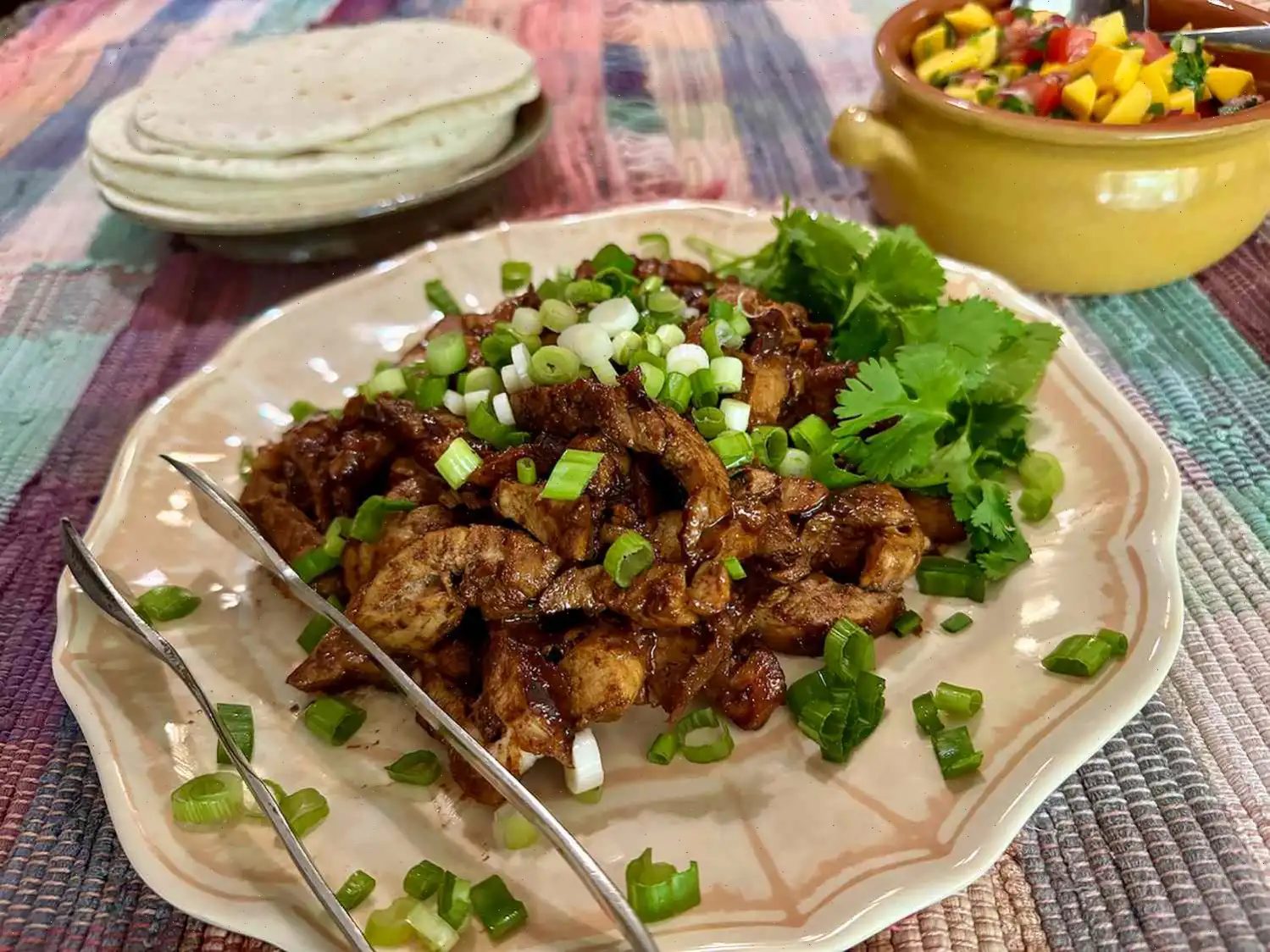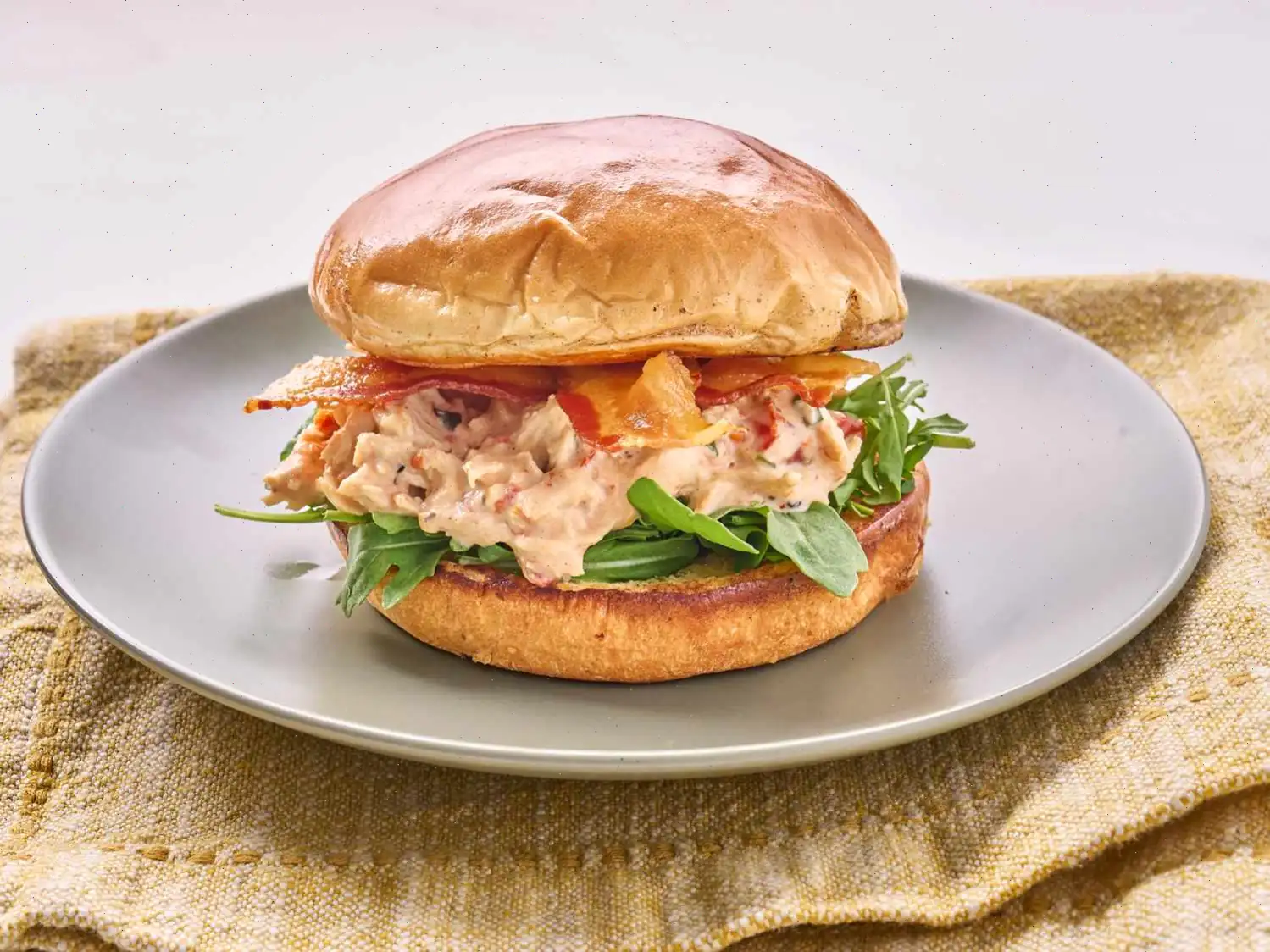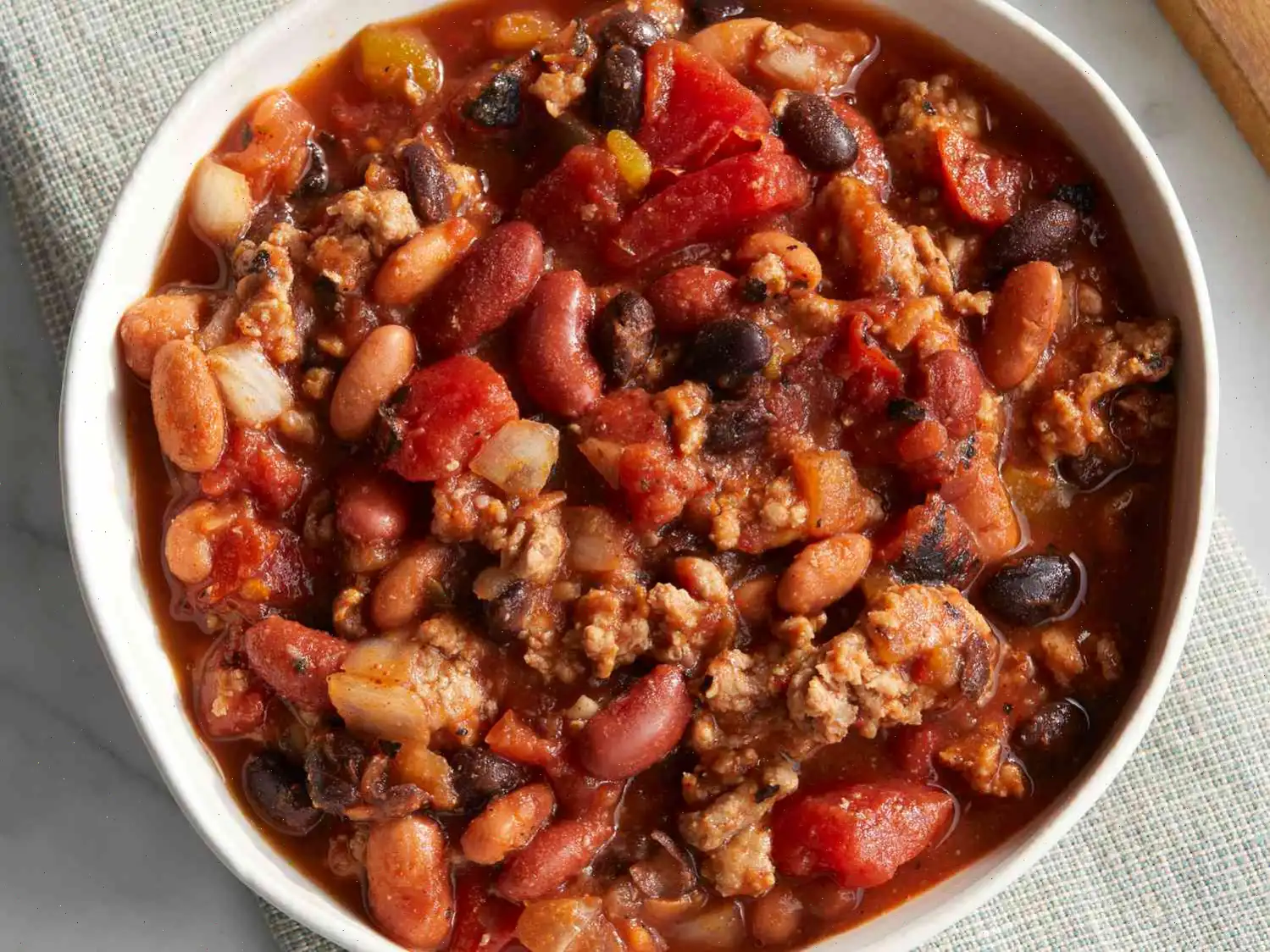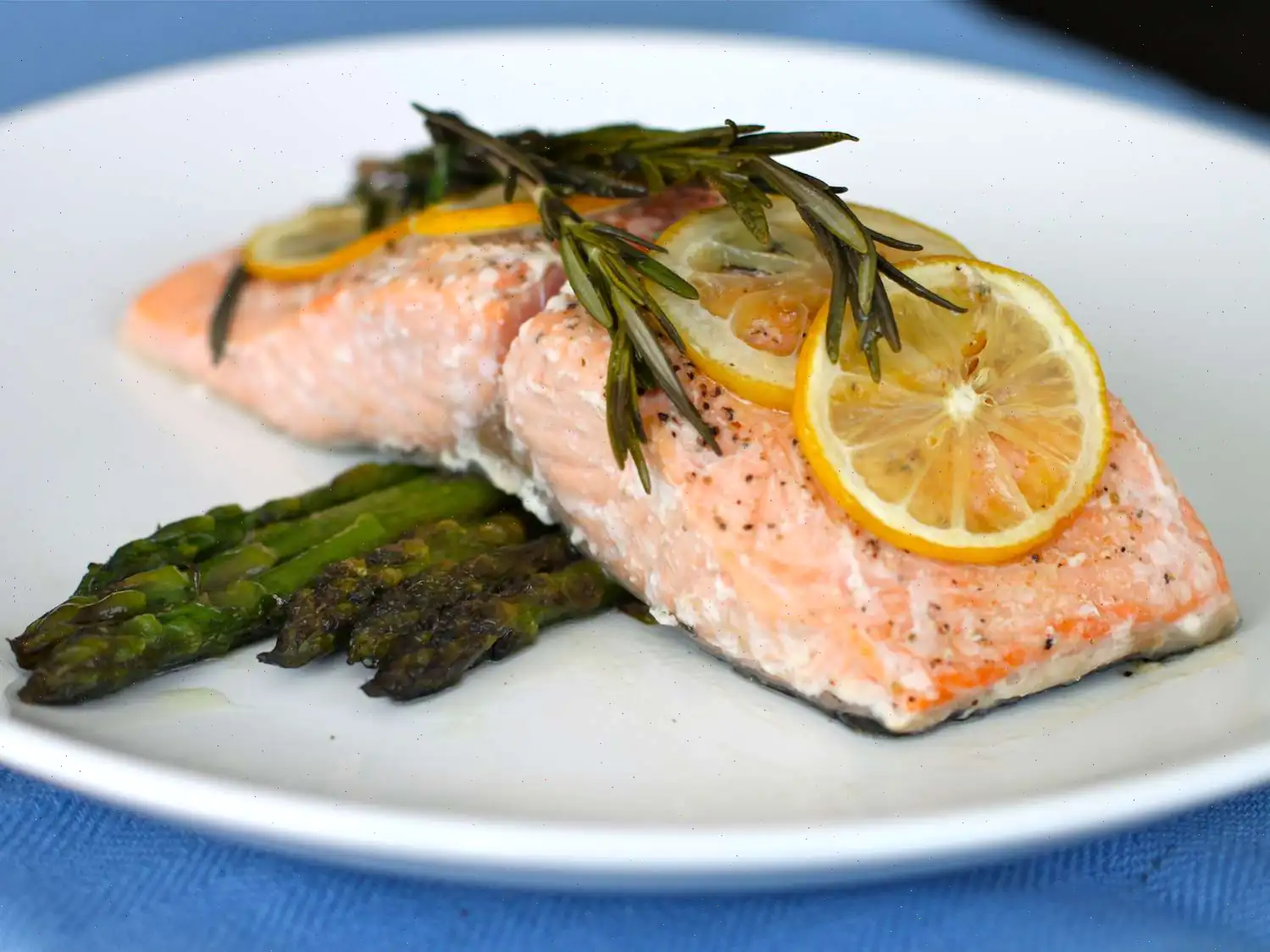
Chicken Adobo Tacos Recipe
Adobo Chicken Tacos with Mango Salsa
Ingredients
- Adobo Chicken:
- 1/3 cup soy sauce
- 1/3 cup white vinegar
- 3 bay leaves
- 1 teaspoon granulated garlic
- 1 1/2 pounds skinless, boneless chicken thighs
- Mango Salsa:
- 2 tablespoons white vinegar
- 1 tablespoon fish sauce
- 1/2 teaspoon avocado oil
- 2 teaspoons white sugar
- 1 pinch ground white pepper, or to taste
- 1 mango, peeled, pitted, and diced
- 1 Roma tomato, seeded and diced
- 1/4 cup minced red onion
- 1/4 cup minced jalapeno pepper, seeds and membranes removed
- 1/2 cup chopped fresh cilantro
- 2 tablespoons oil, divided
- 1/2 cup diced onion
- 3 garlic cloves, minced
- 1 1/2 cups water
- 2 tablespoons brown sugar
- 1 teaspoon freshly ground black pepper, or to taste
- 8 (8-inch) flour tortillas
- Chopped cilantro and sliced green onions, for garnish (optional)
Directions
- Marinate the chicken: In a large plastic zip-top bag, combine the soy sauce, white vinegar, bay leaves, and garlic. Gently squeeze the bag to mix the ingredients. Add the chicken thighs and ensure they are fully coated with the marinade. Squeeze out any excess air from the bag, seal it, and refrigerate for at least 20 minutes to marinate.
- Prepare the mango salsa: In a bowl, mix together the white vinegar, fish sauce, avocado oil, white sugar, and ground white pepper. Stir until the sugar dissolves. Add the diced mango, Roma tomato, red onion, jalapeno, and chopped cilantro. Toss everything together, cover, and refrigerate until ready to serve.
- Cook the chicken: Remove the chicken from the marinade, reserving the marinade for later use. Heat 1 tablespoon of oil in a large nonstick skillet over medium-high heat. Add the chicken thighs and brown them on both sides for 1-2 minutes each. Once browned, remove the chicken from the skillet and set it aside.
- Prepare the sauce: In the same skillet, add the diced onion and cook for about 1 minute. Stir in the minced garlic and cook for an additional 30 seconds until fragrant. Pour in the reserved marinade, water, brown sugar, and freshly ground black pepper. Bring the mixture to a boil.
- Simmer the chicken: Return the browned chicken thighs to the skillet, placing them smooth side down. Reduce the heat to low and let the chicken simmer uncovered for 15 minutes, ensuring the liquid is bubbling gently. Flip the chicken and continue simmering for another 10 minutes. Once done, remove the chicken from the skillet and allow it to rest.
- Reduce the sauce: Increase the heat to medium and cook the sauce until it thickens into a syrupy consistency, about 10 minutes. Remove the skillet from heat and discard the bay leaves.
- Slice the chicken: Slice the rested chicken into 1/2-inch strips and return them to the skillet. Coat the chicken in the reduced sauce for added flavor.
- Assemble the tacos: Warm the flour tortillas and fill each with the sliced adobo chicken. Top with the prepared mango salsa and garnish with fresh cilantro and sliced green onions if desired. Serve immediately and enjoy!
The Origins of Chicken Adobo Tacos
Chicken Adobo Tacos are a modern fusion dish that beautifully marries Filipino and Mexican culinary traditions. The core ingredient, chicken adobo, originates from the Philippines, where "adobo" refers to a method of marinating meat in a mixture of vinegar, soy sauce, garlic, and spices. This technique was influenced by both indigenous cooking practices and centuries of Spanish colonial presence, which introduced new flavors and preservation methods. Combining this Filipino classic with the Mexican tortilla creates a unique and flavorful cross-cultural experience.
Regional Variations and Unique Features
While traditional Filipino adobo often relies on dark soy sauce, garlic, and bay leaves, the taco adaptation sometimes incorporates local ingredients like mango salsa, jalapeos, and cilantro, adding fresh, zesty notes typical of Mexican cuisine. In different regions of the Philippines, adobo itself can vary widely, from the use of coconut milk in some coastal areas to incorporating potatoes or pineapples in more contemporary interpretations. When turned into tacos, these regional variations allow for creative toppings and flavors, giving each version its distinct character.
How It Differs from Similar Dishes
Unlike standard chicken tacos, which often feature grilled or shredded chicken seasoned with Mexican spices, Chicken Adobo Tacos use a braised, tangy, and slightly sweet chicken as the filling. The inclusion of adobo saucea mixture of soy sauce, vinegar, garlic, and sugarsets it apart from more traditional taco proteins. Similarly, unlike other Filipino-inspired tacos that may rely on long-simmered meats or heavy coconut flavors, this recipe keeps the chicken tender but not overly rich, balancing Filipino tanginess with Mexican freshness through the addition of mango salsa.
Where These Tacos Are Usually Served
Chicken Adobo Tacos have found their way into fusion restaurants, food trucks, and home kitchens eager to explore cross-cultural dishes. They are often served at casual gatherings, street food festivals, and modern brunch spots, where the combination of familiar tortilla wraps with exotic Filipino flavors appeals to adventurous eaters. Their handheld format makes them ideal for parties, pop-up events, and even weeknight dinners, bridging the gap between comfort food and gourmet experimentation.
Interesting Facts
- Adobo is considered the unofficial national dish of the Philippines, highlighting its historical and cultural significance.
- The word "adobo" comes from the Spanish "adobar," which means "to marinate," but the cooking method predates Spanish colonization.
- Mango salsa is a popular choice for fusion tacos because its sweetness complements the tangy, salty adobo sauce perfectly.
- While Chicken Adobo Tacos are a modern invention, the combination of tangy Filipino flavors with Mexican tortillas demonstrates the growing popularity of culinary crossovers worldwide.
- Filipino adobo itself is highly versatilealmost any meat or vegetable can be adapted into an adobo-style dish, making it ideal for fusion experimentation.
You can listen to this recipe in AI audio format. Simply click the play button below to listen to the content in a format that suits you best. It’s a great way to absorb information on the go!








